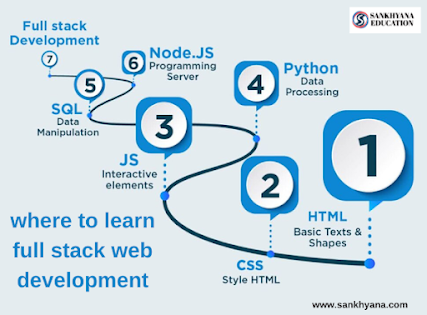Activation Functions & Optimizers for Training ANN
Activation Functions & Optimizers for Training ANN
Activation functions and optimizers are critical components of the training process for artificial neural networks.
Title: Understanding Activation Functions and Optimizers for Training Artificial Neural Networks
Introduction:
Artificial Neural Networks (ANNs) have revolutionized the field of machine learning, enabling the development of powerful and complex models capable of solving a wide range of problems. To effectively train ANNs, two crucial components play a vital role: activation functions and optimizers. In this article, we will explore the significance of activation functions and optimizers in the training process of ANNs and understand their impact on model performance.
Activation Functions:
Activation functions introduce non-linearity into the neural network, allowing it to learn complex patterns from the data. They determine the output of a neuron and are applied to the weighted sum of inputs during forward propagation. The choice of activation function greatly influences the model's learning capabilities and convergence.
1. Sigmoid:
The sigmoid activation function maps the input to a range between 0 and 1. It was widely used in earlier neural networks but has seen a decline in popularity due to issues like vanishing gradients and output saturation, leading to slow convergence and diminished performance.
2. ReLU (Rectified Linear Unit):
ReLU is one of the most popular activation functions today. It replaces all negative inputs with zero and keeps positive inputs unchanged. ReLU helps overcome the vanishing gradient problem, promoting faster convergence and reducing the likelihood of the dying ReLU problem.
3. Leaky ReLU:
Leaky ReLU is a variation of ReLU that allows a small, non-zero gradient for negative inputs. This helps mitigate the dying ReLU problem in some cases and is particularly useful for deep networks.
4. Tanh (Hyperbolic Tangent):
Tanh activation function maps inputs to a range between -1 and 1, making it suitable for data centered around zero. Although it mitigates some issues of the sigmoid function, it still suffers from vanishing gradients for very large or very small inputs.
5. Softmax:
The softmax activation function is commonly used in the output layer of a multi-class classification problem. It converts raw scores into probabilities, allowing the model to predict the class with the highest probability.
Optimizers:
Optimizers are algorithms that update the parameters of the neural network during the backpropagation process to minimize the loss function. They play a vital role in ensuring efficient convergence and finding an optimal set of weights.
1. Stochastic Gradient Descent (SGD):
SGD is the most fundamental optimizer used in training ANNs. It updates the weights based on the gradient of the loss function with respect to each parameter. Though simple, it can be slow and may have difficulties navigating complex loss landscapes.
2. Adam (Adaptive Moment Estimation):
Adam is a popular and widely used optimizer that combines the advantages of both AdaGrad and RMSprop. It adapts the learning rate for each parameter based on the past gradients and squared gradients, leading to faster convergence and better performance in many cases.
3. RMSprop (Root Mean Square Propagation):
RMSprop adjusts the learning rate for each parameter based on the moving average of the squared gradients. It helps overcome the slow convergence issues of SGD and is especially beneficial for non-stationary and large-scale datasets.
Conclusion:
Activation functions and optimizers are critical components of the training process for artificial neural networks. The choice of activation function determines the model's ability to learn complex patterns, while the optimizer influences the efficiency and convergence speed during training. By understanding the strengths and weaknesses of various activation functions and optimizers, data scientists and machine learning practitioners can make informed decisions to achieve optimal performance for their neural network models. It is essential to experiment with different combinations to find the most suitable activation function and optimizer for a specific problem, thereby maximizing the potential of artificial neural networks in various applications.
.png)


.png)
Comments
Post a Comment